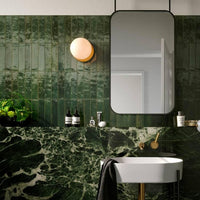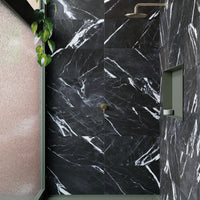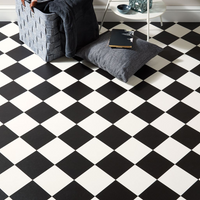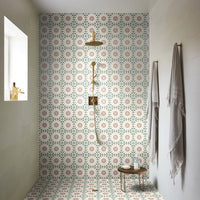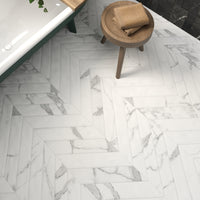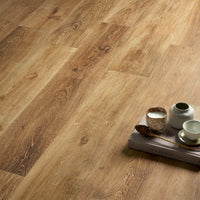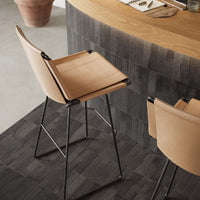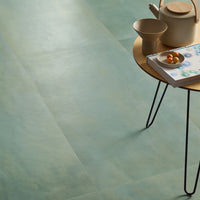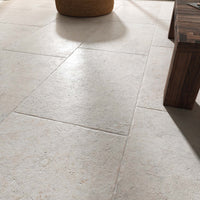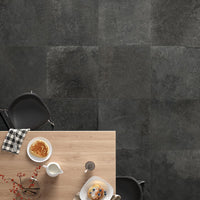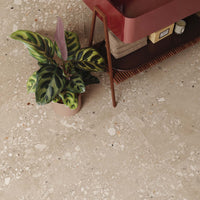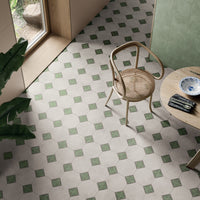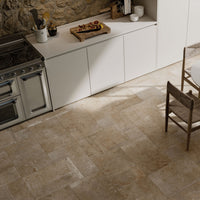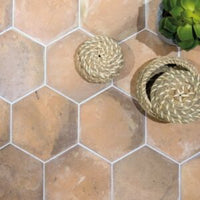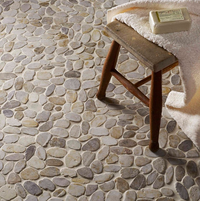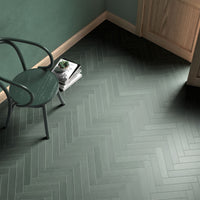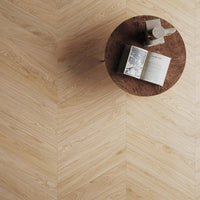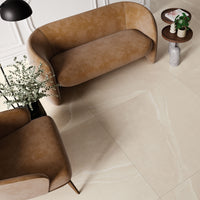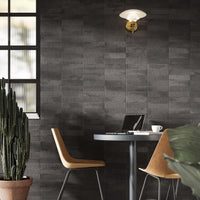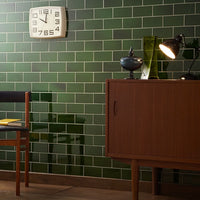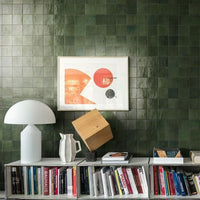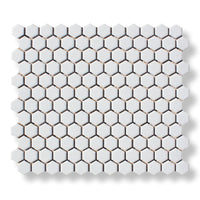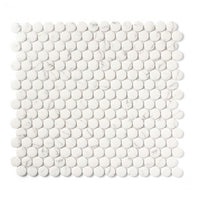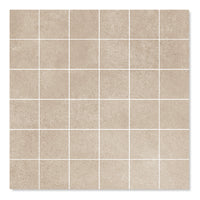The latest exploration of ceramics and street art by our friends at Diary of a Tile Addict.com - jointly written by Founder Joe Simpson and his equally tile-obsessed daughter Hanna – is a celebration of the individual who really started it all.
Invader is the pseudonym of a French urban artist, born in 1969, whose work is modelled on the crude pixelation of 1970s–1980s 8-bit video games. He took his name from the 1978 arcade game Space Invaders, and much of his work is composed of square ceramic tile mural installations inspired by video game characters. Although he guards his identity carefully, by 2016 – twenty years into his international invasion campaign - his distinctive creations could already be seen in many highly-visible locations in more than 65 cities across 33 countries. There's even a number of invasions in our home city of Manchester!


He documents each intervention in a city as an “Invasion”, and publishes books and maps of the location of each of his street mosaics. In addition to working with tiles, Invader is one of the leading proponents of indoor mosaics created using stacks of Rubik’s Cubes in a style he refers to as Rubikcubism.
Invader trained at a Parisian art school, and initially derived inspiration from early video games, particularly Space Invaders. Games of that era were constructed with 8-bit graphics, and so lend themselves well to the mosaic treatment, with each tile representing one pixel.
Invader’s first mosaic was installed in the mid 1990s in Paris, but it was several years before the full “invasion” programme was conceived in 1996. The first wave of “invasion” began in Paris in 1998, and then spread to 31 other cities in France. Since then, Invader’s works have appeared around the world. He has invaded cities such as London, New York and Hong Kong many times, and has even tagged prominent locations such as the Hollywood Sign.

Invader Installation in London
In June 2011, Invader marked the installation of his 1000th work in Paris with an exhibition at La Générale entitled 1000. By June 2011, 77 cities had been invaded, 2,692 Space Invaders had been installed comprising some 1.5 million ceramic tiles; and 19 invasion maps had been published. To combat their removal or damage by building owners, thieves or fans, Invader places many mosaics out of easy reach.


Mosaics installed in hard-to-reach places
However, by June 2011, Invader had spent 22 nights in prison cells and accepts arrest as an occupational hazard. He sees himself as a hacker of public space spreading a virus of mosaic; and deliberately makes his works public by installing them at street level for ordinary people to enjoy on a daily basis.
Mosaics
The sites for the mosaics are scouted and carefully researched. Although many of his works feature the signature aliens, no two pieces are alike. The subject matter may also be themed and adapted to their context. Invader’s repertoire of subjects now includes Star Wars characters (London), as well as the Pink Panther and Mega Man (Paris). His works in Hong Kong have a more oriental theme: with martial arts characters and the use of traditional Chinese gold and red colours.

Star Wars Style
Invader’s mosaics are half-built in advance. When Invader arrives in a city, he usually stays in a city for two or three weeks. He obtains a map and spends at least a week installing the mosaics, which are catalogued (with city code and sequential number), photographed (one close-up and one in its context) and mapped. He prints and distributes invasion maps within the city he is visiting, and they are later sold in
This catalogue of the mosaics also serves as the basis for a reality game. Using the FlashInvaders smartphone app, players can hunt globally for installed pieces. Using the camera and geolocation functionality, users can submit photographs via the app which are then validated against the catalogued works.
In 2015, in a new strategy to avoid his works from being removed by profiteers, Invader planned a series of art pieces in New York City, putting out a call on social media for building owners who would be willing to host his mosaics legally.
Rubikcubism
Since about 2004, Invader has been working on another project that involves making artworks exclusively using Rubik’s Cubes: an art form he calls Rubikcubism. The works are themed along three axes: Bad Men, where he reinterprets villains such as Osama bin Laden, Jaws and Al Capone; Masterpieces where famous paintings by artists such as Delacroix, Warhol, Seurat, Lichentenstein are given a workover; and Low Fidelity based on iconic album art such as Country Life, The Velvet Underground & Nico, and Nevermind.
This French urban artist is still going strong around the globe: now having ‘hit’ even more cities world-wide. Although predominantly active in Europe, he has also tagged as far East as Tokyo, and as far West as Los Angeles, as well as hitting the Aussies down South.

Although he started his global invasion with a very apparent focus on the characters of video games, which perfectly lent themselves to the pixelated look of square tiles, but now he also creates unique motifs and designs with completely disparate references and inspirations.


Invader’s description of his work comes as no surprise given its origin. For him, the tile-tagging is a game of invasion. He aims to give each new invaded city 20 to 50 new individual artworks, tagging new spaces, and upping his score.
Cities that have previously been hit are still fair game for further invasion in what he calls ‘invasion waves’. Since 2017, LA has undergone its 9th and 10th wave after it was first hit in 1999. Today the city is graced by 29 more fantastic pieces, and a further 14 were added during the installation of “Into the white cube“, including cultural icon the Dude.
Bhutan was also hit in 2018, with 11 pieces inspired by Buddhist monks and other motifs from the region; as was first-timer Cap-Ferret on the French West Coast, a subtle addition in Versailles, and Hong-Kong, which received its 7th invasion.


Want to find out more? Check out space-invaders.com





